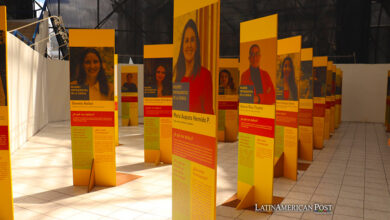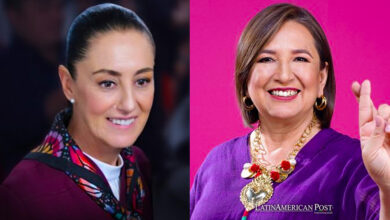Educational Inequality: Still a Global Problem
Inequality in education is a global problem that affects from the poorest countries to the richest.

The Woman Post | Carolina Rodríguez Monclou
Escucha este artículo
According to the United Nations, "it is estimated that only four out of every 100 children in Africa enter a graduate and postgraduate institution, compared to the option of 36 out of 100 in Latin America and 14 out of 100 in South and West Asia."
The quality of education can also differ significantly in developed countries since the degree of national wealth is not a guarantee for providing high quality. The United States and the United Kingdom are among the richest countries in the world. Still, both rank poorly on an educational inequality league table of 41 of the world's richest countries released by UNICEF's Innocenti Report Card on Inequality in Secondary Education in 2018.
For high school students, educational inequality is more severe in countries with smaller economies like Spain. However, UNICEF research has shown that child development is related to income. But even if the family's income is minimum the child should have access to internet for finding useful for education platforms, on TopEssayWriting, for example, they can find students' main essay samples, advice, useful sourses and other interesting free information.
The United States has some of the highest levels of income inequality among the Organization for Economic Cooperation and Development (OECD) countries.
Also read: Does Managing Emotions Increase Self-esteem in Children?
The quality of a child's education is related to their family background, what their parents do for a living, and according to UNICEF, this is affected even if they are first-generation immigrants.
In many parts of the world, the debate on educational inequality is seen as the prism of private versus state schools. According to CNBC International, in a report entitled "The Problem of Inequality in Education," private education reduces the chances that public school children have access to better opportunities.
The report asserts that "educational privilege offers significant benefits and opens many doors."
COVID-19 has exacerbated the disadvantage gap. One big reason is the digital divide. Getting access to a computer, wi-fi, or even electricity to study online is not easy for vulnerable families, who initially struggled with this lack of tools and relied on the school to meet these needs.
Another ongoing debate on the educational inequality table is private enrollment. The CNBC report states that "in mid-April, there were school closures across the country in more than 190 countries, affecting more than 1.5 billion students." As a result, the demand for online teaching became more vital than ever.
Actions that could be taken around the world to reduce educational inequality
Former Singapore Education Minister Mr. On Ye Kung proposed in a speech in 2018 to recognize the potential of each child to encourage them to learn more about what they are passionate about. Mr. Kung suggested, "we should double down on mediocracy, broaden its definition to encompass various talents and abilities. We should not limit achievement at the top, but try harder, work harder, to lift the base."
For its part, The Fair Education Alliance seems to agree with Mr. Kung as they have stated that education must also build the aptitude and values of children to have a better future. Even if each country needs a system that is tailored to its specific case, creating a more inclusive education system where children from private and state schools have the same opportunities would be a great step to improve their lives and their future.




